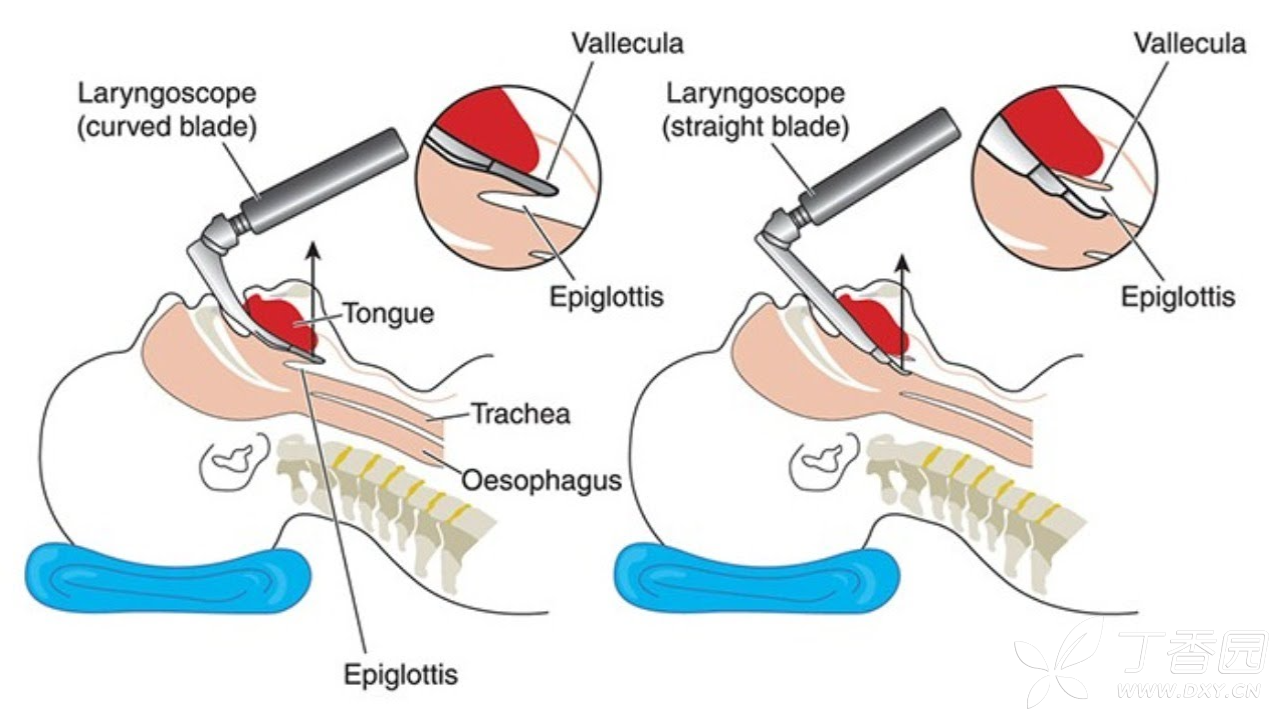Nasal intubation is often used in patients with difficulty in opening the mouth or laryngoscope can not be inserted, and in patients undergoing oral surgery, so blind intubation is often used. Blind intubation must keep the patient breathing spontaneously, use the breath flow to listen to the sound of the catheter, and move the patient’s head to adjust the direction of the catheter so that it can be inserted into the trachea. After anesthesia, 1%****** solution was dropped from the nostril to induce the contraction of mucosal blood vessels. Because the inclined plane of the tracheal tube was to the left, it was easier to access the glottis by intubation in the left nostril. In clinical practice, the right nostril is used only when the left nostril intubation interferes with the operation. During intubation, the cardiopulmonary resuscitation training simulation of human nasal alar eversion was first performed, and then the lubricant catheter was inserted into the nostril, perpendicular to the nasal longitudinal line, and out of the nostril through the common nasal meatus along the nasal floor. A loud breathing sound could be heard from the catheter mouth. In general, the left hand was used to adjust the head position, the right hand was used to intubate, and then the head position was moved. The insertion was mostly successful when the catheter airflow noise was the most obvious in the electronic tracheal intubation model. If the progress of the catheter is blocked and the breathing sound is interrupted, it may be that the catheter has slipped into the piriform fossa on one side. If the symptoms of asphyxia occur at the same time, the head may be excessive backward, inserted into the epiglottis and tongue base junction, resulting in epiglottis pressure glottis, such as resistance disappeared, and breathing sound interruption, mostly due to excessive head flexion, catheter into the esophagus caused. If the above conditions occur, the catheter should be withdrawn for a little, and the head position should be adjusted after the breathing sounds appear. If repeated blind intubation was difficult, the glottis could be exposed through the mouth with a laryngoscope. The catheter was advanced with the right hand and inserted into the trachea under clear vision. Alternatively, the tip of the catheter can be clamped with a forceps to send the catheter into the glottis, and then the catheter can be advanced 3 to 5cm. The advantages of nasotracheal intubation are as follows: (1) The nasotracheal tube should not be too large, because if it is too large, the chances of damage to the larynx and subglottic area are relatively high, so the use of too large diameter of the tube is rare; ② The reaction of nasal mucosa to intubation can be observed, whether there is stimulation; ③ The nasal cannula was fixed better, and less sliding was found during nursing and artificial respiration; ④ The curvature of the nasal cannula is large (no acute Angle), which can reduce the pressure on the posterior part of the larynx and the structural cartilage; ⑤ awake patients felt comfortable with nasal intubation, swallowing action was good, and patients could not bite the intubation; ⑥ for those with difficulty in opening mouth, nasal intubation can be used. The disadvantages are as follows: (1) The infection may be introduced into the lower respiratory tract by nasal intubation; ② The lumen of nasal intubation is long and the inner diameter is small, so the dead space is large, and the lumen is easy to be blocked by secretions, which increases the resistance of the respiratory tract; ③ The operation in an emergency takes time and is not easy to succeed; ④ It is difficult to intubate through nasal cavity when the trachea is narrow.

Post time: Jan-04-2025

